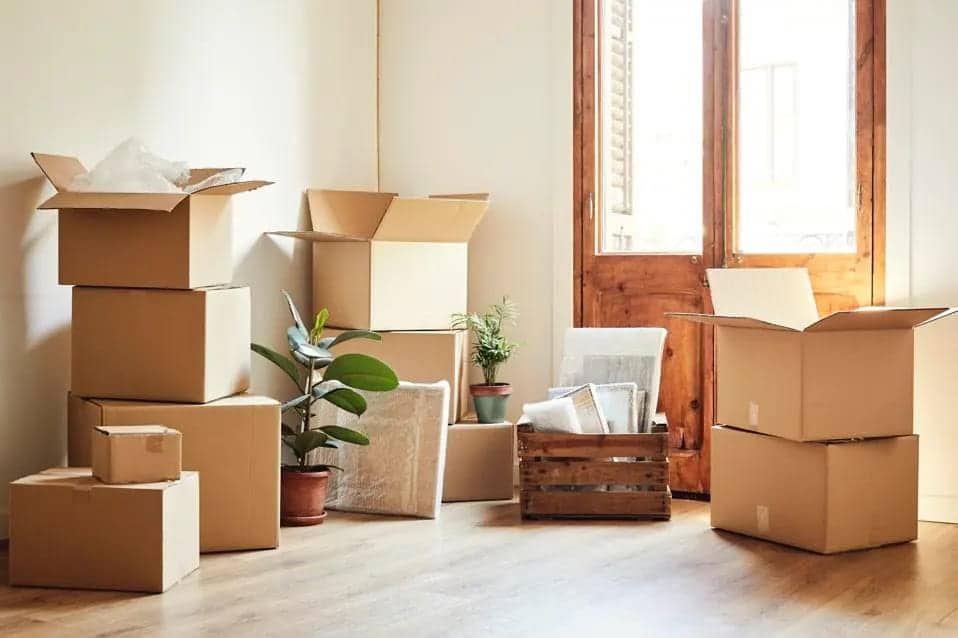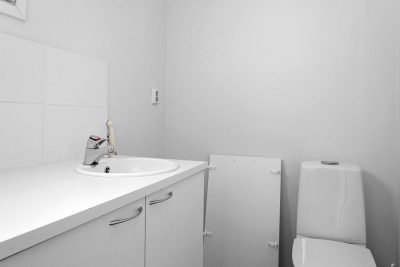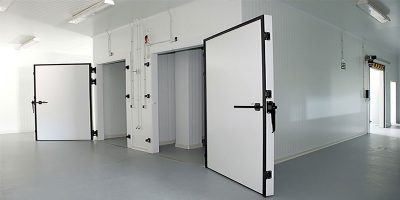
Moving can be an exciting time, filled with the promise of new beginnings and fresh starts. However, it can also be a daunting task, involving countless details, logistical challenges, and the potential for stress and overwhelm. That’s where a comprehensive moving checklist comes in. By breaking down the process into manageable steps and providing a clear roadmap for your move, a checklist can help you stay organized, reduce stress, and ensure a smooth transition to your new home. This article presents the ultimate moving checklist, guiding you through every stage of the process, from planning and packing to unpacking and settling in.
Planning Your Move
Set a Budget
Before you start packing boxes, it’s essential to establish a realistic budget for your move. Moving expenses can add up quickly, so it’s important to factor in costs such as packing materials, transportation, Highland Park movers (if you’re hiring them), insurance, and potential temporary housing or storage needs. Creating a budget will help you make informed decisions and avoid overspending.
Choose Your Moving Date
Selecting the right moving date can significantly impact your moving experience. Consider factors such as weather conditions, work schedules, school calendars, and the availability of movers or rental trucks. If possible, try to avoid peak moving seasons (summer months and holidays) when demand for moving services is high and prices may be inflated.
Declutter and Downsize
Moving presents an excellent opportunity to declutter and downsize your belongings. Go through each room and assess what you truly need and use. Donate, sell, or discard items you no longer need, want, or have space for. This will not only reduce the amount of stuff you need to move but also make packing and unpacking more efficient.
Packing Up Your Home
Gather Packing Supplies
As you begin the packing process, make sure you have all the necessary supplies on hand. This includes boxes of various sizes, packing tape, bubble wrap, packing paper, markers, and labels. You can often find free boxes at local grocery stores, liquor stores, or on online marketplaces.
Pack Room by Room
To stay organized and avoid chaos, pack one room at a time. Start with rooms you use less frequently, such as guest rooms or storage areas. Clearly label each box with its contents and the room it belongs to. This will make unpacking much easier and help you find what you need quickly in your new home.
Protect Fragile Items
When packing fragile items like dishes, glassware, and artwork, use plenty of cushioning materials to prevent breakage. Wrap each item individually in bubble wrap or packing paper, and fill any empty spaces in boxes with packing peanuts or crumpled paper to prevent shifting during transit.
Essential Tasks Before Moving Day
Change Your Address
Notify the post office, banks, credit card companies, and other important institutions of your new address. You can also submit a change of address form online through the USPS website. Consider setting up mail forwarding to ensure you don’t miss any important correspondence during the transition.
Transfer Utilities
Contact your utility companies to schedule the disconnection of services at your old address and the connection of services at your new home. This includes electricity, gas, water, internet, and cable or satellite TV.
Confirm Moving Arrangements
If you’re hiring movers, confirm all arrangements a few days before your moving date. This includes confirming the date, time, and address for pickup and delivery, as well as any special instructions or requirements. If you’re renting a moving truck, make sure you have reserved the correct size and type of truck for your needs.
Moving Day: Tips for a Smooth Transition
Pack an Essentials Box
Pack a separate box with essential items you’ll need immediately upon arrival at your new home. This might include toiletries, medications, a change of clothes, phone chargers, and important documents. Keep this box with you in your car or easily accessible during the move.
Supervise the Movers
If you’re using professional movers, be present during the loading and unloading process to supervise their work and answer any questions they may have. Point out any fragile items or special instructions for handling specific belongings.
Keep Valuables with You
Keep valuable items such as jewelry, important documents, and electronics with you during the move. Don’t pack them in the moving truck. This will ensure their safety and prevent potential loss or damage.
Unpacking and Settling In
Unpack Strategically
When you arrive at your new home, start by unpacking essential items and setting up basic necessities like beds and bathrooms. Then, focus on unpacking room by room, prioritizing the most important spaces first. Don’t feel pressured to unpack everything at once; take your time and settle in gradually.
Connect Appliances and Utilities
Once you’ve unpacked the essentials, connect appliances and confirm that all utilities are functioning properly. This includes testing the water, electricity, gas, and internet connection. If you encounter any issues, contact the respective utility companies to resolve them.
Explore Your New Neighborhood
Take some time to explore your new neighborhood and familiarize yourself with the surroundings. Locate essential services such as grocery stores, pharmacies, banks, and schools. Introduce yourself to your neighbors and start building connections in your new community.
Additional Considerations
Moving and Storage
If you need to store some of your belongings during the moving process, consider renting a storage unit. Choose a reputable moving and storage Chicago company that offers secure and climate-controlled storage options. Make sure you have easy access to your belongings if needed.
Special Circumstances
If you’re moving with children or pets, take extra precautions to ensure their safety and well-being during the transition. Pack a separate bag for each child with their favorite toys, books, and comfort items. For pets, create a safe and comfortable space for them during the move and ensure they have access to food, water, and familiar bedding.
Conclusion
Moving from Chicago to Milwaukee can be a complex and challenging process, but with careful planning and organization, it can also be a smooth and stress-free experience. By following this ultimate moving checklist, you can break down the process into manageable steps, stay on track, and ensure that your move is a success. Remember to take your time, prioritize essential tasks, and don’t be afraid to ask for help from friends, family, or professional movers if needed. With a little preparation and a positive attitude, you can embark on your new adventure with confidence and excitement.







